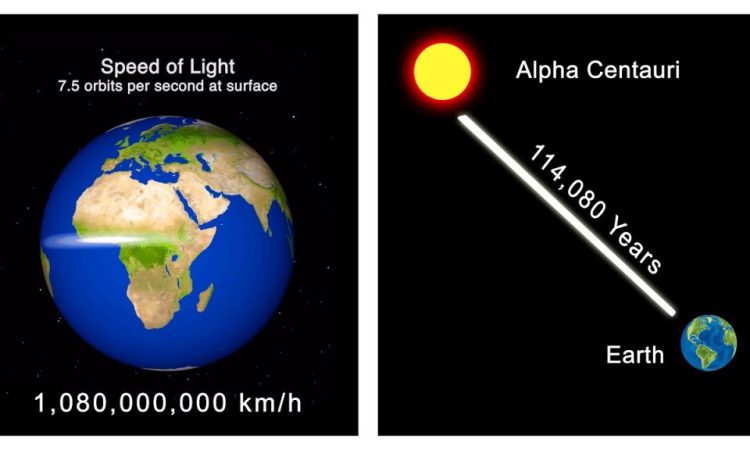
The discovery that the value of the speed of light was finite and not infinite was a real revolution in the field of astronomy (Galileo Galilei already intuited it but was unable to measure it)
We owe the measurement of the finite value of the speed of light to the Danish astronomer Ole Rømer who determined its value. Which is equal to approximately 300,000 km/s. But who tried it first? Obviously Galileo Galilei: he realized that it had a finite value but did not have sufficient means to calculate it. It was Rømer himself who determined the speed of light in 1676, observing the motion of Io, one of Jupiter’s moons, while working at the royal observatory in Paris directed at the time by Giovanni Domenico Cassini.
Advertisement
How did he do it?
Io makes a complete orbit around in 1.76 days: but Rømer realized that the time taken by the moon was not always the same and depended on the Earth-Io distance. Our planet moving away from the Jupiter system at certain times of the year caused this difference. Rømer’s thesis was simple but ingenious: the difference was due to the speed of light. Thanks to the eclipse of Io behind Jupiter he calculated it: he arrived at the value of 220,000 km/s (incorrect but only slightly because it had an imprecise value of the diameter of the Earth’s orbit). A few years later it was calculated with extreme precision by the Dutch mathematician Huygens taking up the above idea. Rømer, a fantastic astronomer-scientist!
Read more:
In its own small way, Passione Astronomia helps you understand how the universe works. And the universe works better if the people who are part of it are well informed: if they have read nonsense, lies, poisons, then it ends up as it ends up. It’s not going very well right now. This is why it is important that someone explains things well. Passion Astronomy does its best. !

